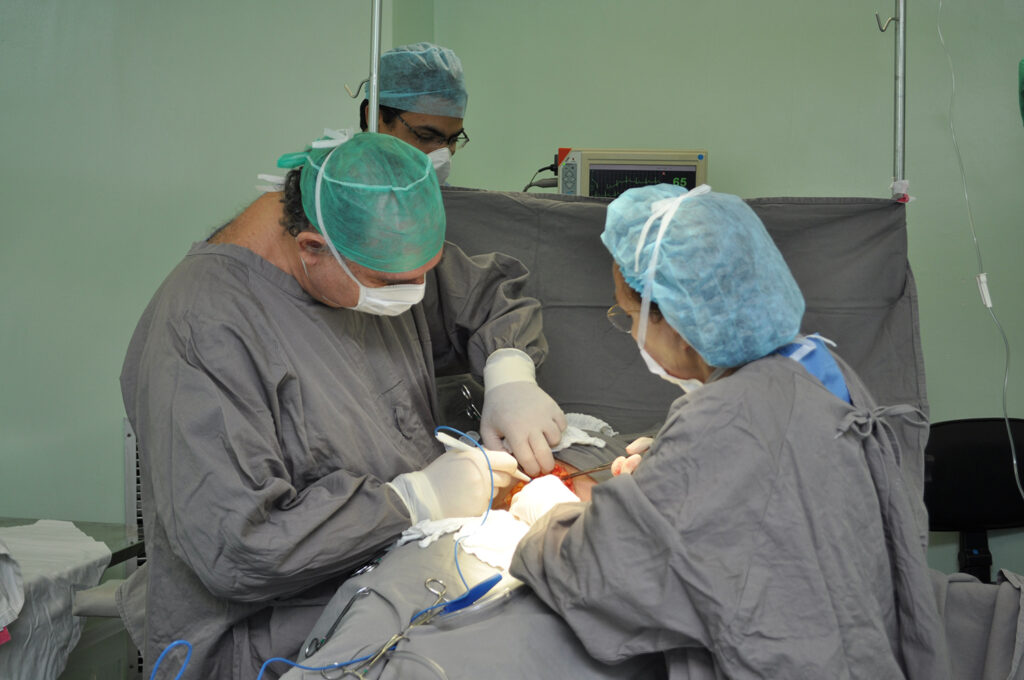
Making the decision to become an organ donor is an important one. Every person that says yes to organ donation gives hope to the tens of thousands of people waiting for organ, eye, and tissue donations.
Many people have misconceptions about organ and tissue donation, which can discourage them from registering as organ donors. Each organ donor has the potential to save eight lives and improve the lives of 75 others. That’s why it’s important to dispel these myths.
Below are eight facts that can help you make an informed decision about giving the gift of life:
Fact #1: If you are sick or injured, the priority of emergency medical personnel and doctors is to save your life. Your life always comes first. Donation doesn’t become a possibility until all lifesaving methods have failed.
Fact #2: Advanced age and health do not automatically disqualify you from organ donation. No matter how old you are or if you have had chronic illness, you may be able to become an organ donor. Organs have been donated from donors in their 80s and 90s. If you have an illness such as diabetes, high blood pressure, or even cancer, medical tests and physicians will determine what organs can be donated. It may turn out that some organs aren’t healthy enough for transplantation, but others may help save lives. Whatever your medical history, you should still enroll to become an organ donor.
Fact #3: One donor can save or enhance the lives of 75 others. You don’t just save one live — you can save eight lives by donating your organs, restore sight to two people, and heal more than 75 lives through tissue donation. You may hear stories about live-saving heart transplants, but you can also donate organs like the stomach, intestines, lungs, and pancreas. Connective tissues, skin, bones, bone marrow, and even corneas can be donated, as well.
Fact #4: Your wallet or reality-star fame can’t move you to the top of the donor list. It doesn’t matter how rich or well-known you are when it comes to organ donation. A national system matches available donor organs with people on the waiting list based on blood type, body size, how sick they are, geographic location, tissue type, and time on the list.
Fact #5: More than 106,000 people are waiting for a lifesaving transplant. Currently, there are 112,000 people on the list awaiting an organ donation, and another person is added to the waiting list every 10 minutes.
Fact #6: There are two ways you can become an organ donor. There are two types of donors, a living donor and organ donation at death.
You can donate a kidney, bone marrow, or a portion of your liver as a living donor, and you don’t have to be a relative to be a match. This gives the thousands on the donation list another option and can save more lives. The living donation process begins with an assessment at an accredited transplant center, like the Living Donor Evaluation clinics for kidney and liver at UPMC Williamsport.
The second way to become a donor is to register to donate your organs upon death. You can register as a donor when you sign up for your driver’s license, or you can enroll online.
Fact #7: It doesn’t cost anything to become an organ donor. When you become a donor, any costs associated never fall to a deceased donor’s family members, the donor family pays only for medical expenses before death and costs associated with funeral arrangements.
Fact #8: All major religions approve of organ donation. Leaders of all major religions consider permit, allow, and support organ donation. It is often thought to be a final act of generosity toward others.
April is National Donate Life Month. Discuss your wishes for organ donation with your family and take the step to register as a donor. Together, we can close the gap between the number of eligible donors and the number of people on the waiting list.
Established in 1981, UPMC Transplant Services has performed more than 20,000 organ transplants. That includes liver, kidney, pancreas, small bowel, heart, lung, double-lung, single-lung, and multiple-organ transplants. As a pioneer in solid-organ transplantation, our program has been challenged with some of the most difficult and complex cases. To learn more about organ, eye, or tissue donation or to register to become a donor, visit UPMC.com/DonateLife.




